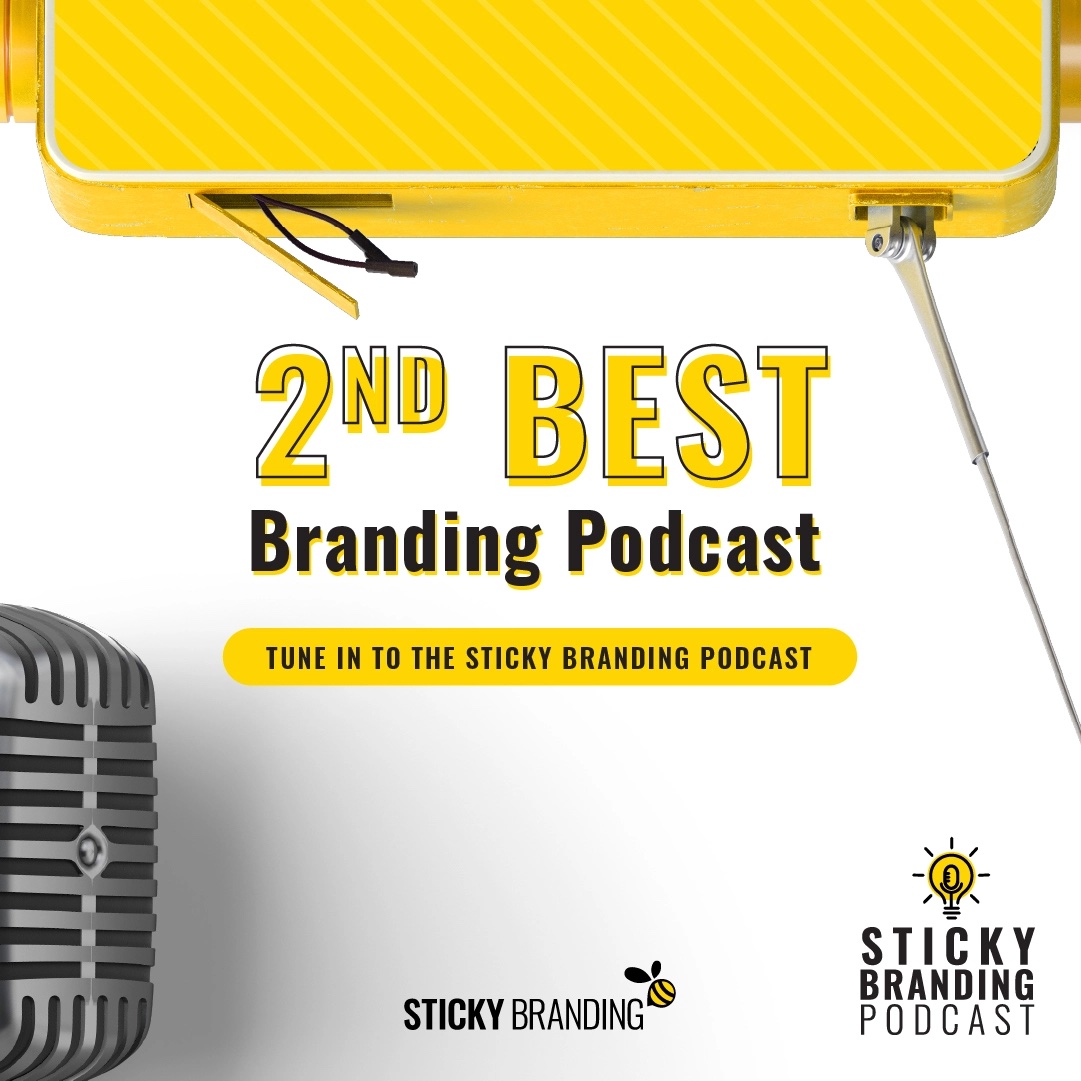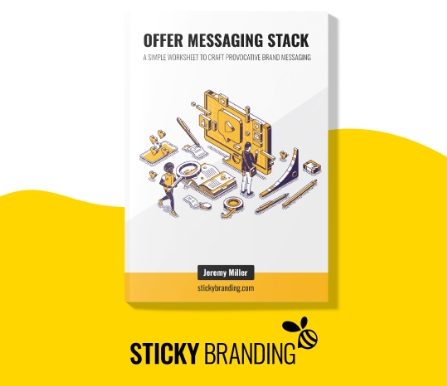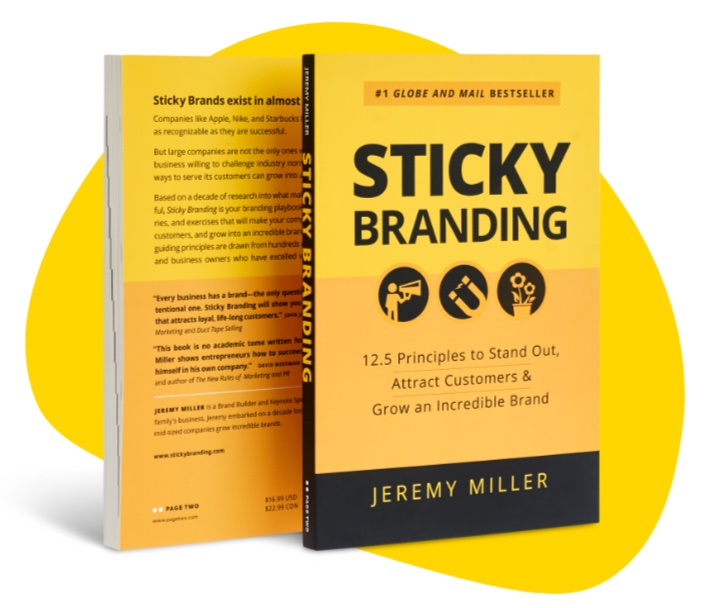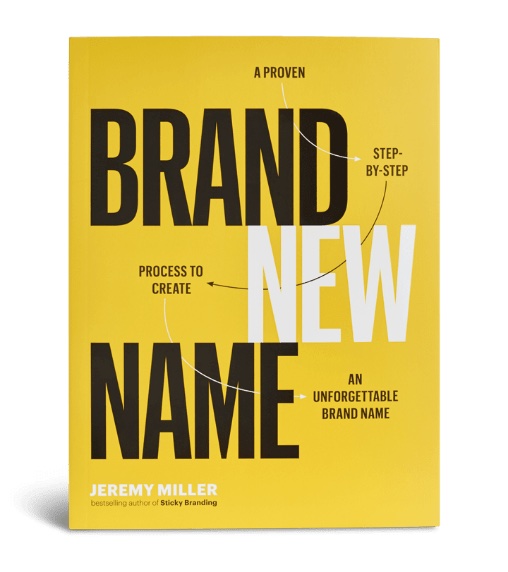LinkedIn Groups seem like an obvious place to grow your brand in social media. But do the assumptions fit with reality?
Let’s start with the facts:
- LinkedIn is the largest business-focused social network with over 347 million users
- 40% of LinkedIn users check the site daily
- There are over 2 million LinkedIn Groups
By the numbers LinkedIn is a happening place, but it’s not all that rosy.
Spend a few minutes surfing through the LinkedIn Groups, and you will find countless groups floundering or abandoned. They are virtual ghost towns. Companies set them up with good intentions, but fail to get them off the ground.
Only three percent of the 2 million LinkedIn Groups have over one thousand members, and less than 0.017 percent of groups break 10,000 members.
Vibrant, engaged, and growing LinkedIn Groups are anomalies.
It’s Hard to be Good at LinkedIn
From time-to-time I get asked, “If you were to do it again, would you grow your social media community on LinkedIn?”
It’s a good question because my LinkedIn Group, Sticky Branding, is one of the largest branding groups with almost 40,000 members.
I hesitate when I get that question, because the conditions for success have changed.
I launched my group in May 2010, and with the help of my members we have grown the group into a vibrant and engaged community. But Linkedin has also evolved and changed over the same period of time, and the obstacles to scale a group are dramatically higher than they once were.
Three Obstacles for LinkedIn Groups
There are three very big obstacles that limit the potential of new LinkedIn Groups:
- Limited options for discovery: LinkedIn’s search engine favors big groups. For example, if you search the group directory for “branding,” Sticky Branding comes up first because it’s the largest. LinkedIn prioritizes group size above all else.
- Lots of content, limited participation: A few years ago LinkedIn opened the groups up to social sharing tools like Hootsuite and Buffer. This allows people to post articles and content without participating in the group, or even showing up. This makes it much harder for group owners to engage their members.
- Once bitten, twice shy: LinkedIn Groups get a bad rap, because so many have deteriorated into cans of spam. The failure rate is so disproportionately high that many LinkedIn members don’t even consider checking out the groups anymore. Group owners have to work very hard to engage and retain their members, and give them a tangible reason to show up.
Look Beyond LinkedIn Groups
I encourage you to grow a community for your brand. It’s an incredible way to scale your brand’s reach and influence.
But look beyond LinkedIn before you start a group. Take a look at the other platforms: Google+, Facebook Groups, Instagram, or maybe even an exclusive community on your website.
Ask a few questions:
- A community starts with 1,000 members. Where can you achieve this critical mass fastest?
- Which platform will bring your brand the most residual, long term value?
- Where will your users be in one, two, and three years from now? Is the social network a fad, or an integral part of your industry?
Choose your platform deliberately. LinkedIn may be the right choice, but it’s not the only choice.
Community building is a long term venture. Expect to invest in your group for years to come.
For some added reading: Nobody Likes To Dance Alone, my free ebook, is a roadmap on how to grow a social media group. It details my journey growing the Sticky Branding LinkedIn Group, and how to grow your group.





